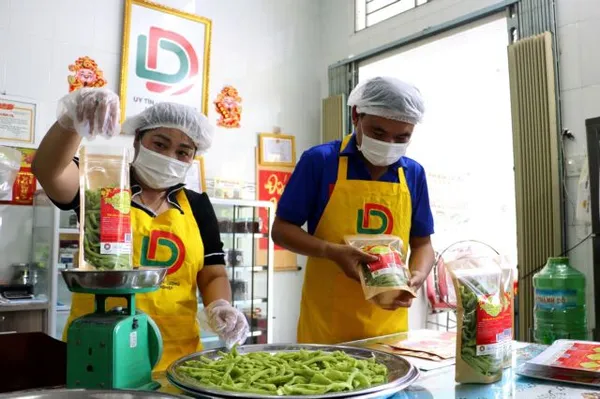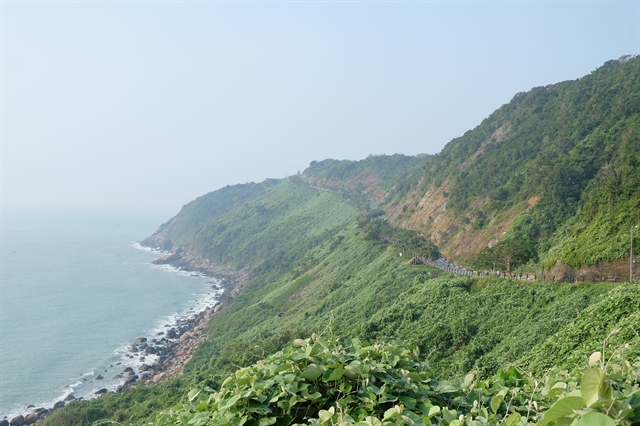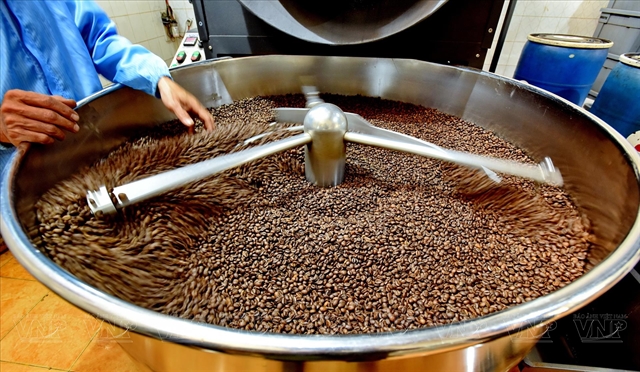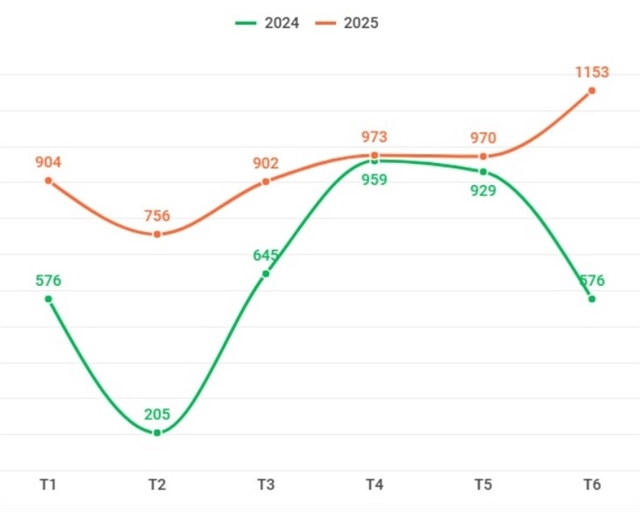 Economy
Economy
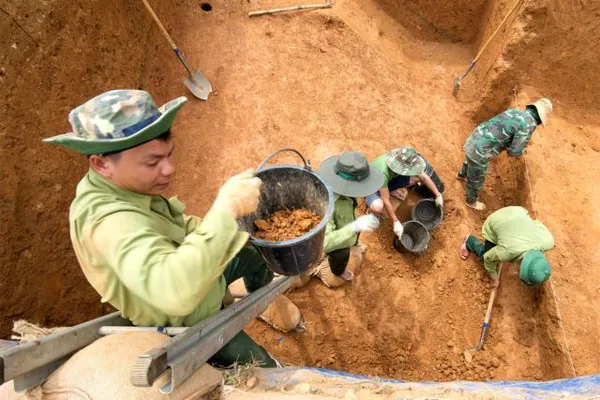
The Geographical Indication (GI) of "Ngọc Linh" for ginseng root products was officially announced in Quảng Nam and Kon Tum provinces last week.
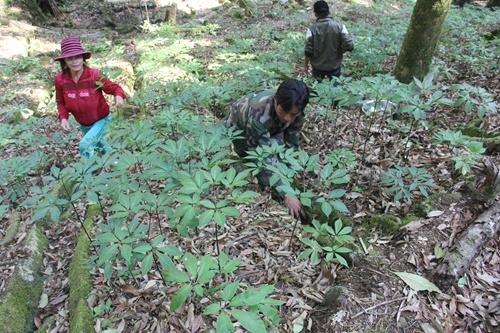 |
| Local residents grow ginseng plants in a farm in Nam Tra My district in Quang Nam. — VNS Photo Công Thành |
QUẢNG NAM —The Geographical Indication (GI) of "Ngọc Linh" for ginseng root products was officially announced in Quảng Nam and Kon Tum provinces last week.
The central province of Quảng Nam had made the announcement in collaboration with the ministry of science and technology and the Intellectual Property Agency of Việt Nam.
The Ngọc Linh ginseng (Panax vietnamensis, or Vietnamese ginseng) was found on Ngọc Linh Mount at 2.598m on the border between Kon Tum and Quảng Nam provinces in the late 1960s. However, Quảng Nam Province had established the Trà Lĩnh drug materials farm on the mount, with low productivity, in 1979, while Kon Tum Province had also set up a conservation centre for ginseng in 2004.
Currently, Nam Trà My District in Quảng Nam and Tu Mơ Rông and Đắk Glei districts in Kon Tum have been appropriated for the mass development of ginseng because of their cool natural conditions on mountains reaching 1,400m to 2,600m above sea level.
Chairman of Nam Trà My district Hồ Quang Bửu said the announcement of the GI for ginseng would create a smooth transition for the two provinces in developing a long-term strategy and procuring investment for larger quantities of ginseng products with better productivity as well as ensure the conservation of the herb.
“We’re a long way from building up the trademark of Vietnamese ginseng. We have called on investors to pour money into boosting production and farming in the mountainous areas of Quàng Nam and Kon Tum Provinces,” Bửu said.
“We expect to build a famous brand for Vietnamese ginseng in the Central and Central Highlands Provinces – a basic requirement for future socio-economic development,” he said, adding that the GI had paved the way for the sustainable development of Vietnamese ginseng.
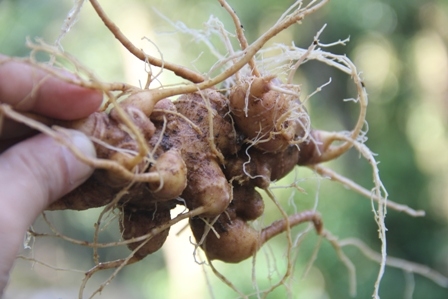 |
| Roots of Ngoc Linh ginseng is harvested in Nam Tra My district in the central Quang Nam Province. The province announced the Geographical Indication (GI) of ‘Ngoc Linh' for ginseng root product in Quang Nam and Kon Tum province. — VNS Photo Công Thành |
Last year, Quảng Nam Province approved a plan to build the Ngọc Linh Ginseng Centre in Nam Trà My District, which covered seven projects with a total investment of VNĐ9 trillion (US$429 million), including the development of infrastructure and the production of drugs, essential oils, cosmetics, tonic drinks and capsules from ginseng.
As scheduled, a 200ha farm will be built to conserve 2 million ginseng plants in 15 communes of two provinces during the first stage from 2016-25, along with afforestation and tourism activities.
Nam Trà My District alone developed 27 farms, with over 800,000 natural ginseng plants and other plants used for making drugs, with an estimated production capacity of 1,000 tonnes by 2025.
Currently, Panax vietnamensis is sold for VNĐ40 million (US$1,900) per kilo, but poor investment in processing technology has resulted in only locals producing pharmaceutical materials and energy drinks.
The Vietnamese ginseng was one of eight precious and endangered flora genes covered in Quảng Nam Province’s conservation programme in 2014-20, including Ba Kích (poor ginseng or codonopsis), pepper, cinnamon, large rattan and white corn.
Last year, Nam Trà My District and Hamyang County in South Korea signed a Memorandum of Understanding on tourism, agriculture, conservation and the development of Ngọc Linh ginseng.
According to the Intellectual Property Agency of Việt Nam, under the ministry of science and technology, few domestic companies have applied for patents, and 39 per cent of Vietnamese enterprises did not even know where and how to register for IP rights.
Several products from Việt Nam have been registered under GI recognition, including Buôn Ma Thuột coffee in Đắk Lắk Province, Phú Quốc fish sauce in Kiên Giang, grape and wine products in Ninh Thuận, and Long Khánh rambutan in Đồng Nai Province. — VNS



